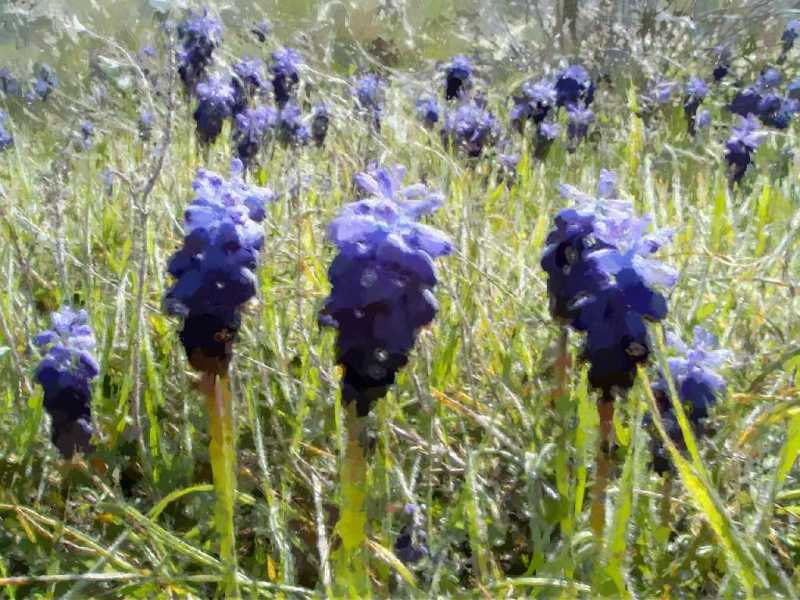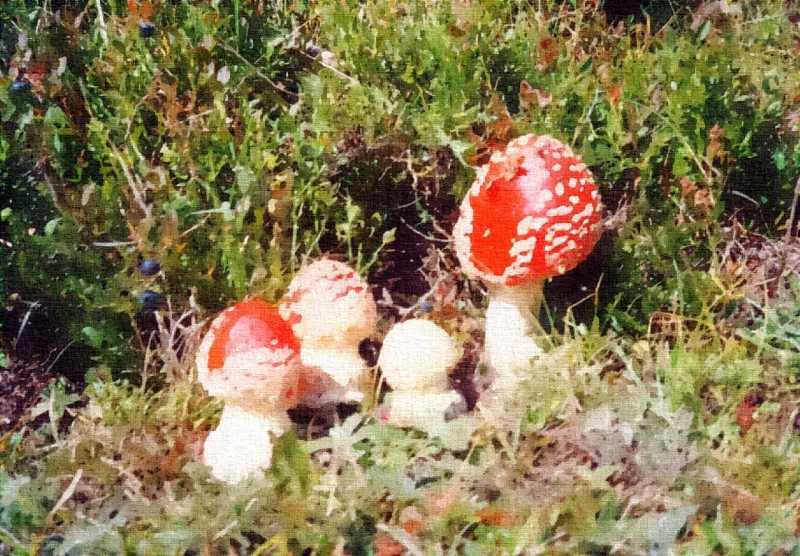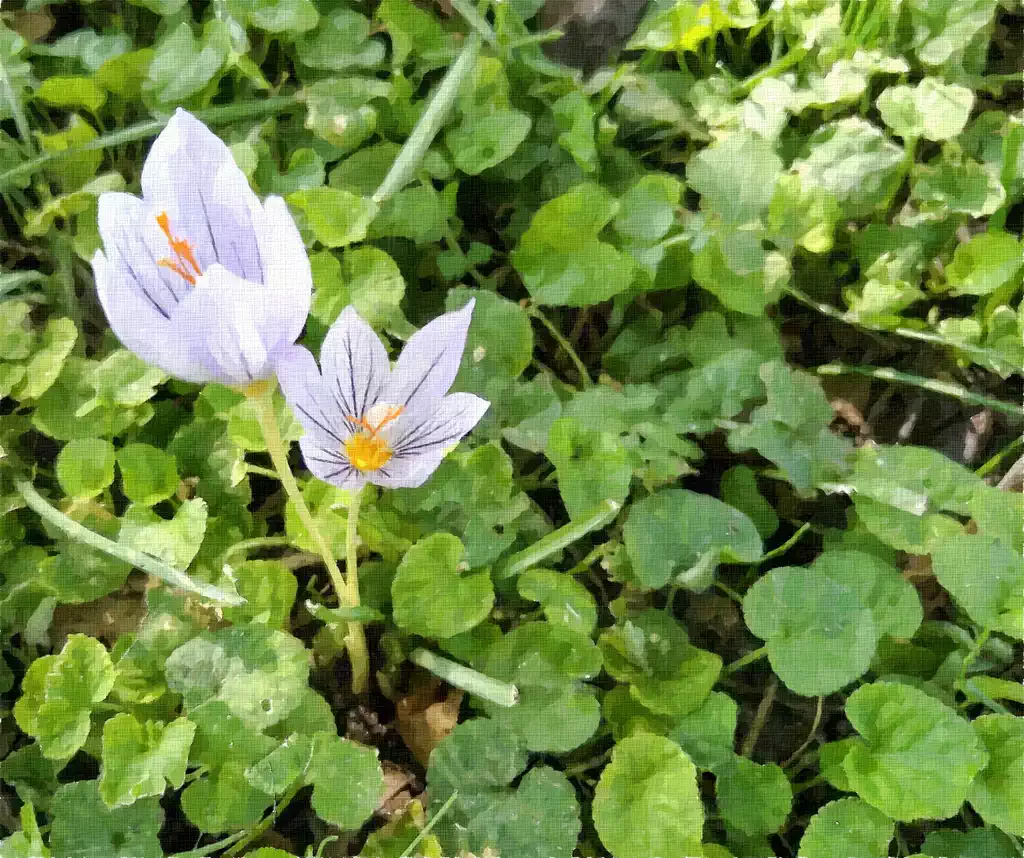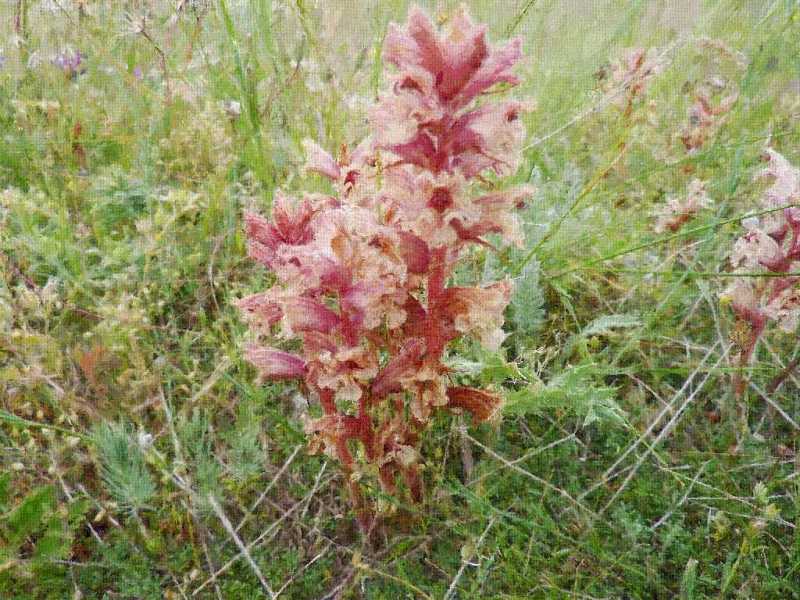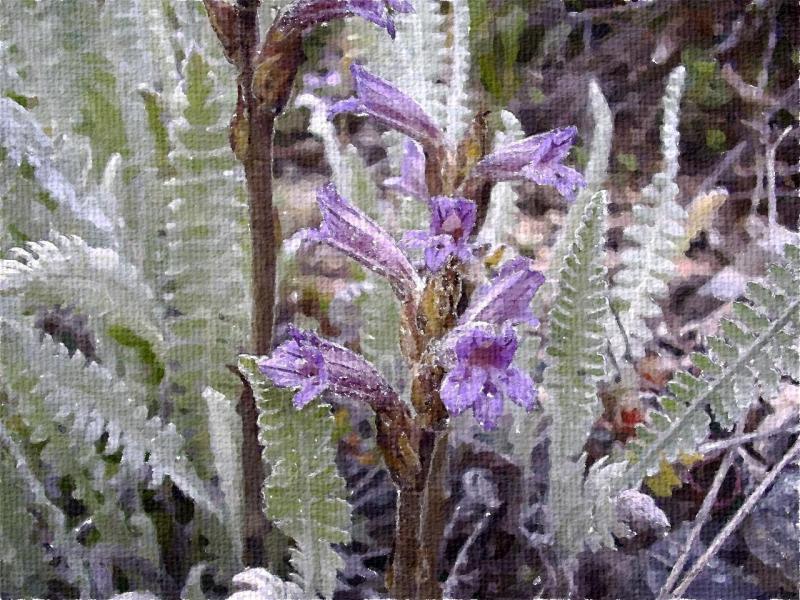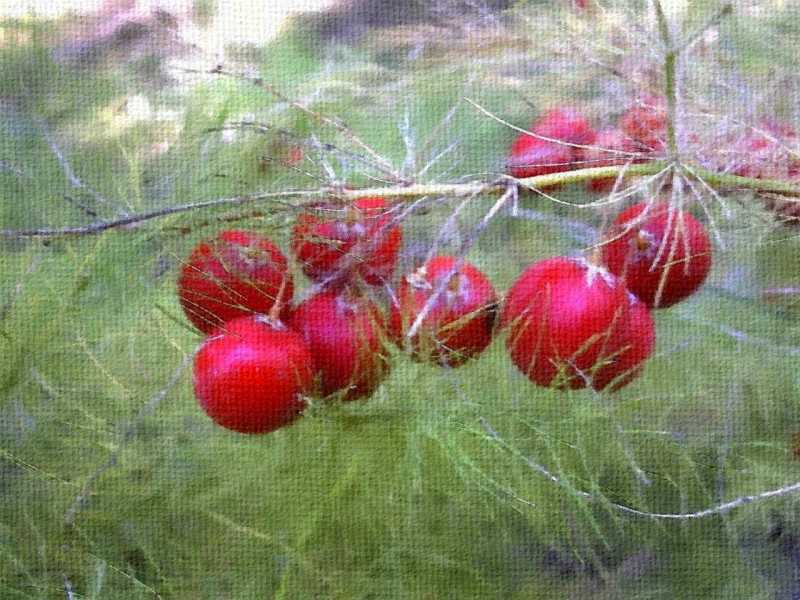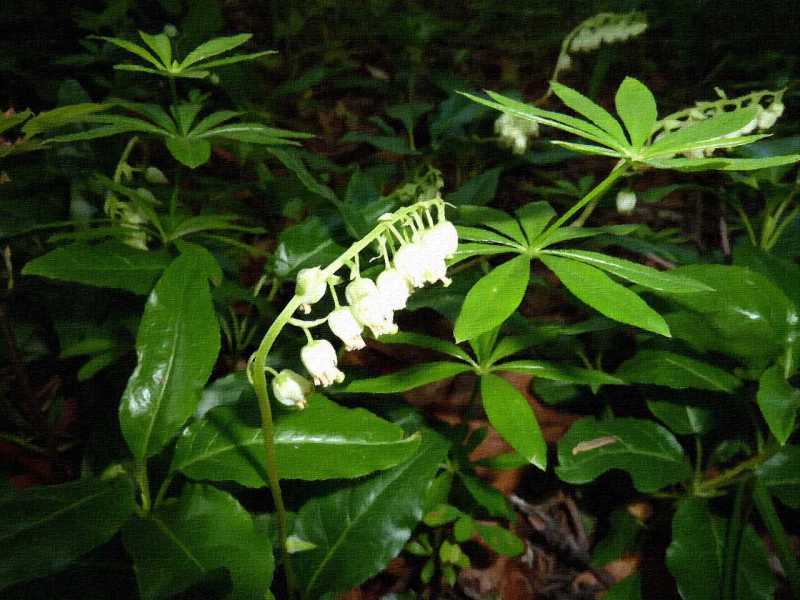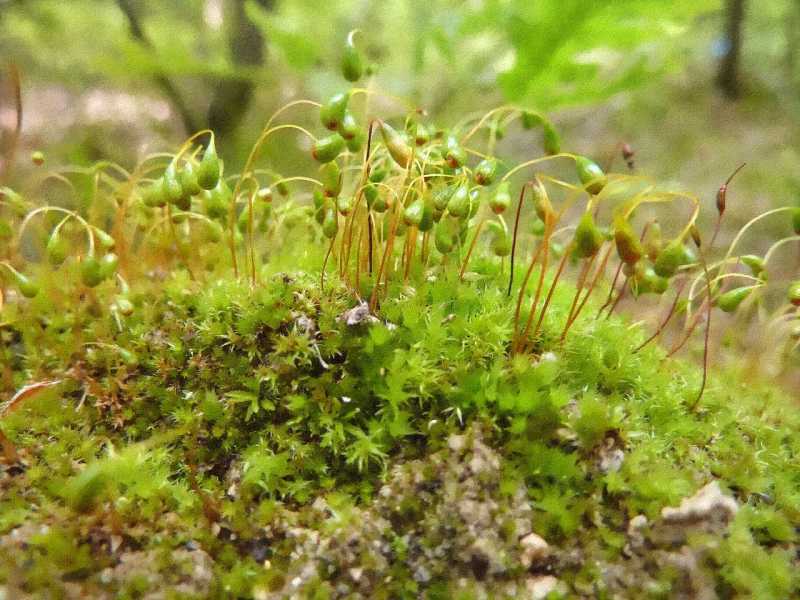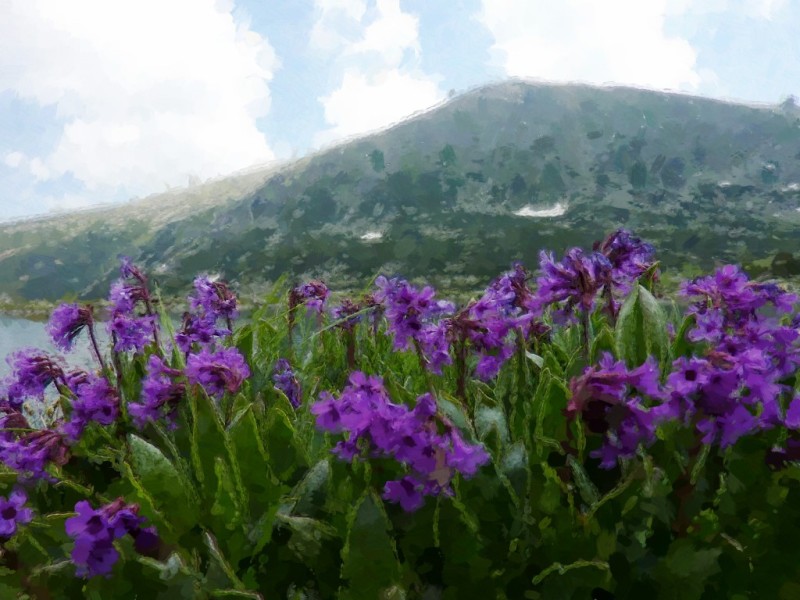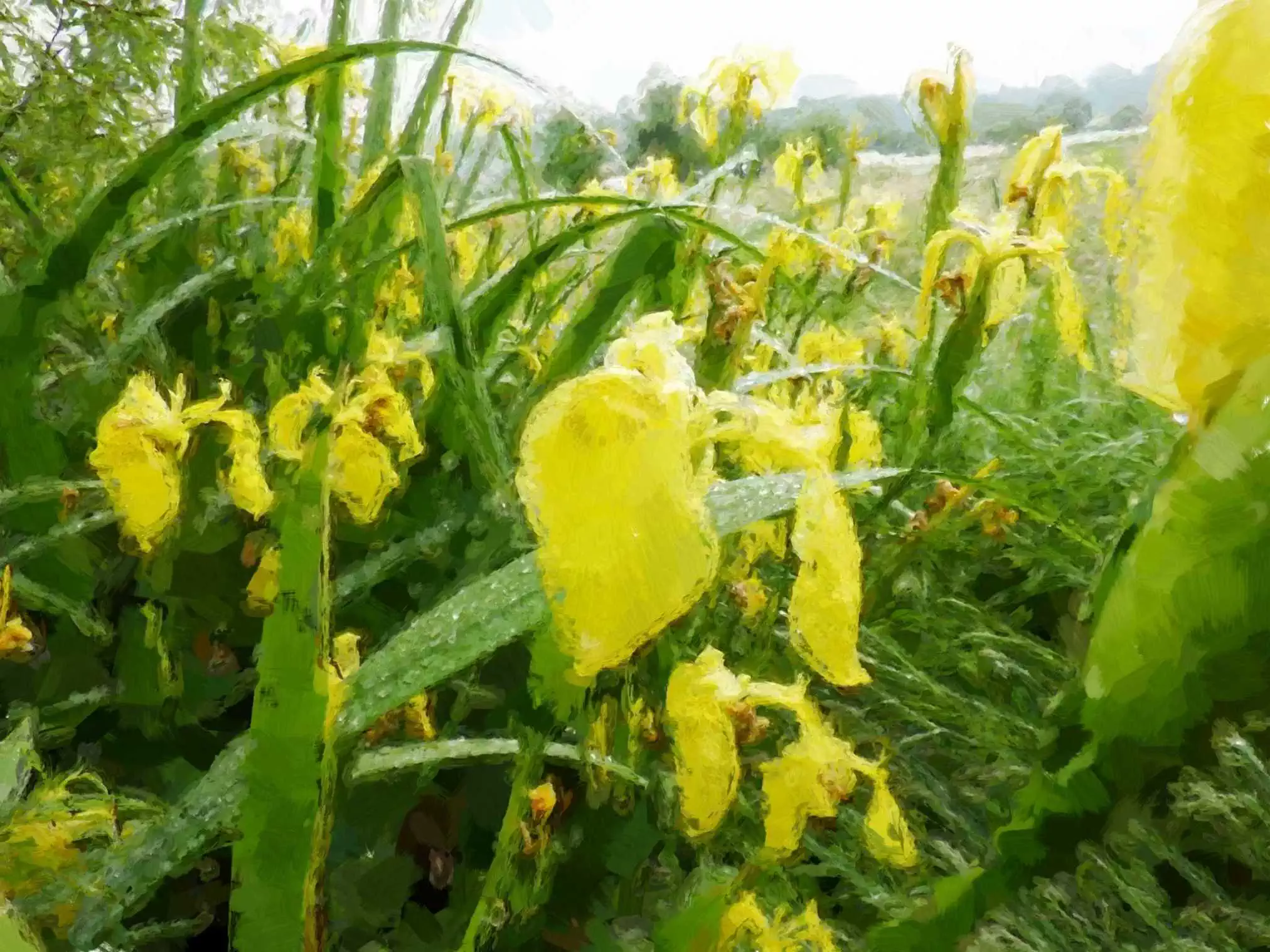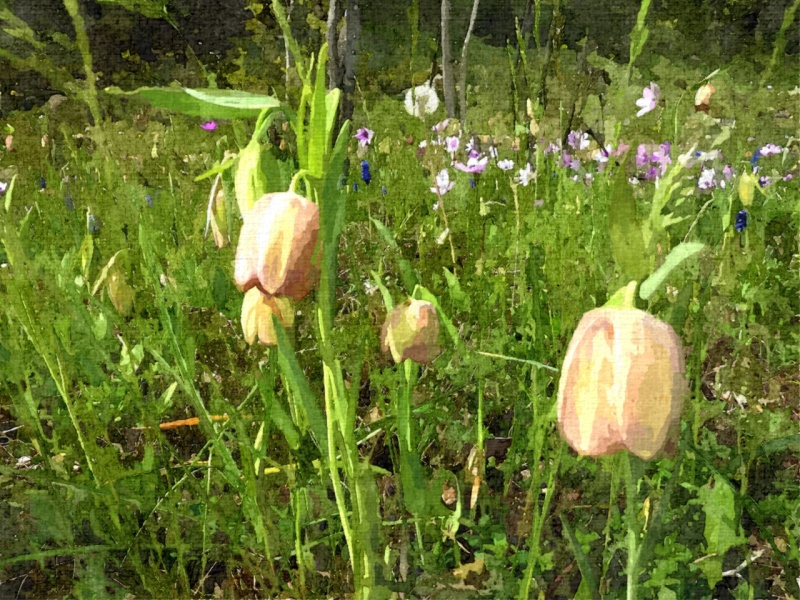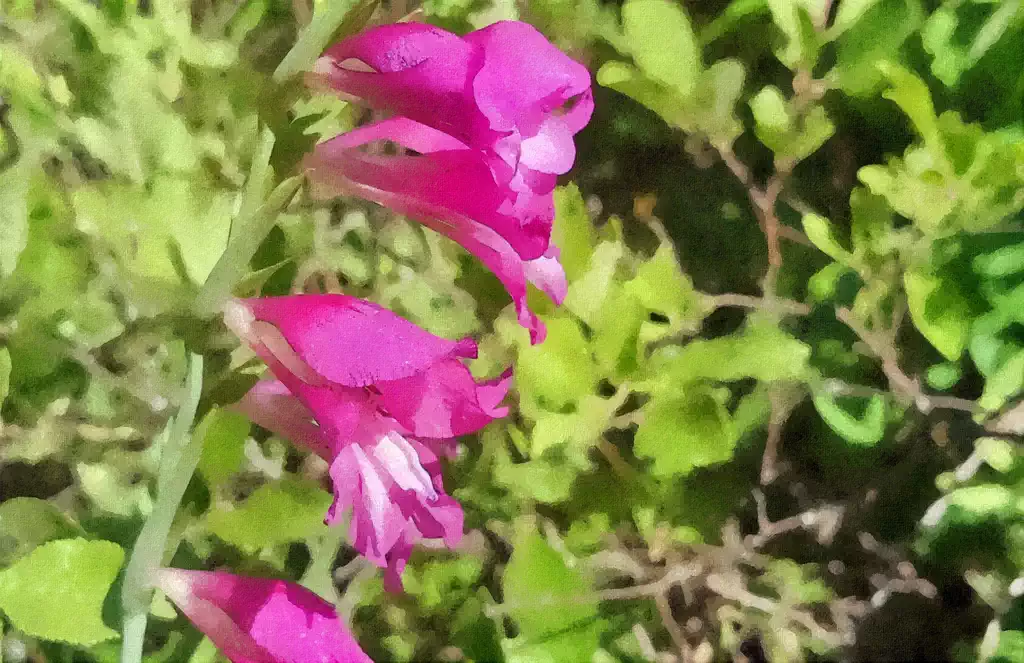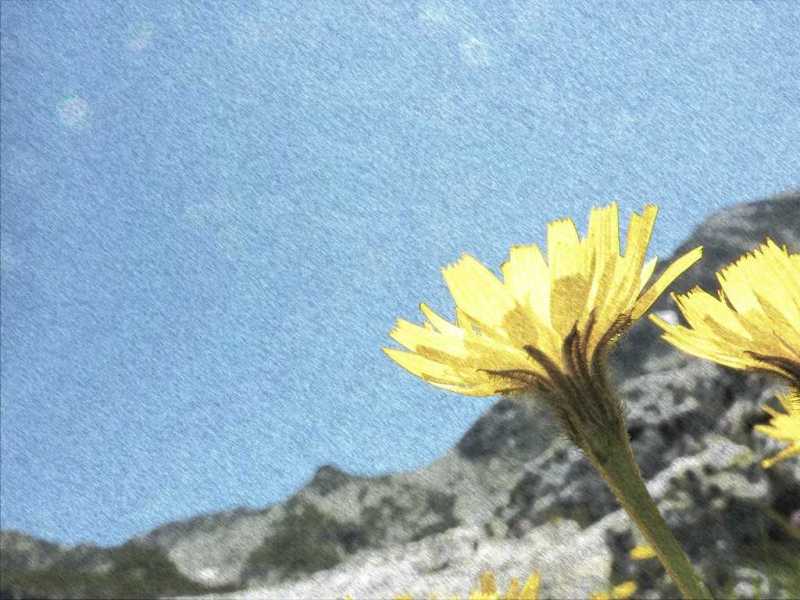PDF Dospatliev L., Lacheva M., Ivanova M. & Radoukova T. 2019.
Activity concentration of Cs-137 and K-40 in wild edible Craterellus cornucopioides mushroom gathered 31 years after the Chernobyl power plant accident in Batak Mountain, Bulgaria.
Oxidation Communications 42(3): 369–376.
Abstract
The aim of this study was to evaluate Cs-137 and K-40 activity concentrations and еffective dose in selected mushroom species Craterellus cornucopioides from Mount Batak from 2015 to 2017. Craterellus cornucopioides is in the Rapid Alert System for Food and Feed database for excess radioactivity and strongly accumulates Cs-137 and K-40. It was found that the activity concentrations of Cs-137 in selected mushroom species Craterellus cornucopioides in 2015 was 106.13 (Bq kg–1 DM), which is 29 years after the Chernobyl accident. In 2016 (30 years after the Chernobyl accident) there was a sharp decline in the activity concentrations of Cs-137 from 106.13 (Bq kg–1 DM) to 53.00 (Bq kg–1 DM). In 2017 (31 years after the Chernobyl accident) the activity concentrations of Cs-137 was 11.67 (Bq kg–1 DM), and according to literature data the Cs-137 was disintegrated after 30.5 years. It was calculated that the effective dose for Cs-137 was in the range of 3.40e-06 per year, and for the K-40 was in the range of 5.70e-05, which was below 0.1% of the natural radioactive background. It was found that cesium half-life is longer than 30.17 years at high altitudes in soils with a low clay content and an acidic reaction.

